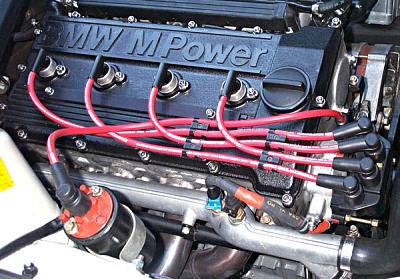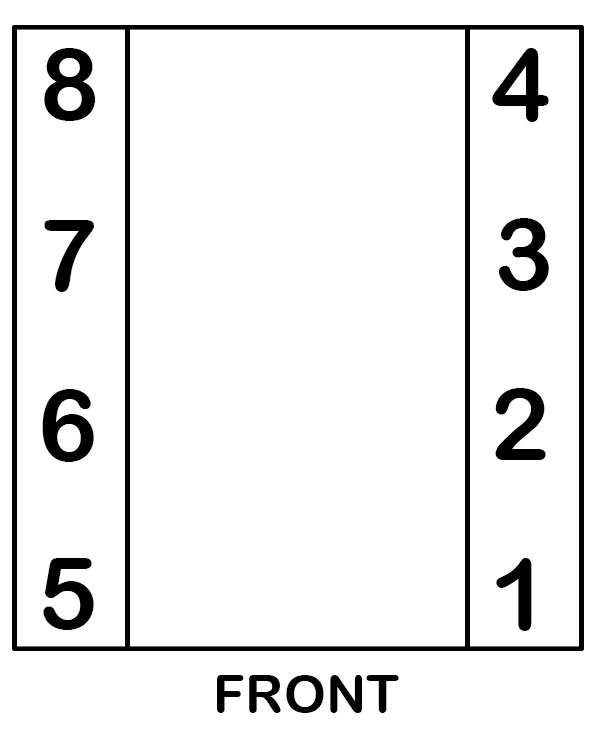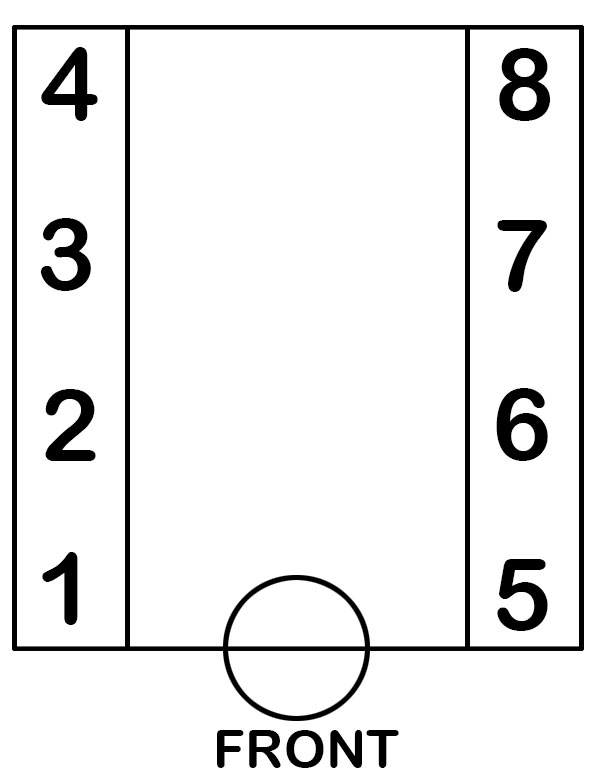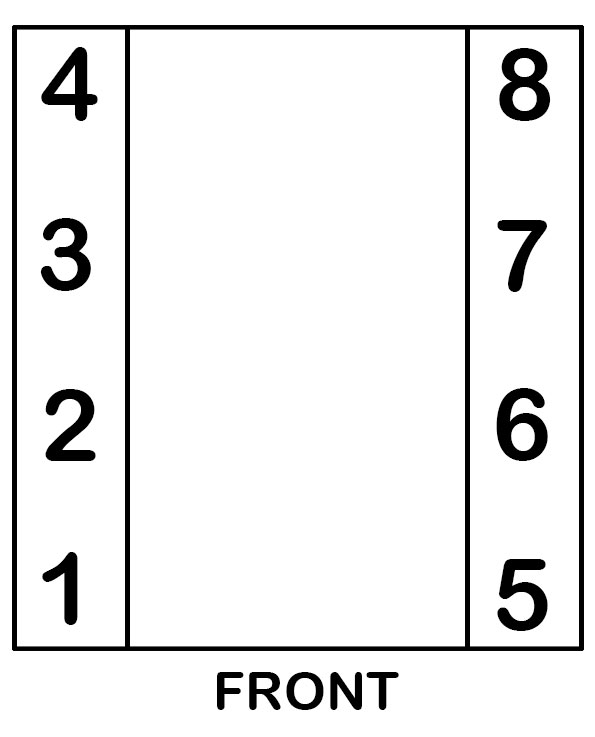Ignition System - Information

Ignition System. The different parts and how it works.
- Ignition System
- Common Problems
- Ignition Sequence V8 Engine
1 ▼
Ignition System
Each ignition coil that does not have a built-in ignition module must have one connected between the ECU and the ignition coil. It is common to have ignition modules that drive multiple ignition coils.
Distributor System
The distributor in this system distributes energy from the ignition coil to the spark plugs. There are different types of distributors with or without a built-in ignition coil.
ECU -> Ignition Coil -> Distributor -> Ignition Cables -> Spark Plugs
Separate Ignition Coil(s)
The control system sends signals to one or more ignition coils that
ECU -> Ignition Coil -> Ignition Cables -> Spark Plugs
COP - Coil On Plug
The control system sends signals to each ignition coil that has a built-in ignition module and is mounted directly on the spark plugs.
ECU -> Ignition Coil -> Spark Plug
2 ▼
Common Problems
Ignition Coil
If the ignition coil does not have direct current to the battery or a poor engine ground, not enough high energy can be delivered, resulting in a weaker spark.
Distributor
The rotor and distributor cap are worn and should be replaced. Make sure to size these according to the strength of the ignition coil. A powerful ignition coil in combination with higher RPM generates a lot of heat, which causes the rotor and distributor cap to wear out prematurely.
Ignition Cables
Poor contact can damage ignition cables and other components.
Spark Plugs
Spark plugs can have problems for many different reasons. One issue could be a rich fuel mixture and a poor ignition coil that cannot generate a strong enough spark.
Often, several small problems can combine into a larger one.
3 ▼
Ignition Sequence V8 Engine
A list of ignition sequences for the most common V8 engines.
First numbering of cylinders. Different manufacturers number cylinders differently, so be sure to check this before anything is connected!
Chevrolet numbers their cylinders as follows:
Left 1-3-5-7
Right 2-4-6-8
Cylinder 1 is always the frontmost on the driver's side.
Ford numbers their cylinders as follows:
Left: 5-6-7-8
Right: 1-2-3-4
Cylinder 1 is always the frontmost on the passenger side.
Here is a list of ignition sequences for common V8 engines.
- AMC
Clockwise rotation
1-8-4-3-6-5-7-2
- Buick (not "nail head")
Clockwise rotation
1-8-4-3-6-5-7-2

- Buick "nail head" 401, 425
Clockwise rotation
1-2-7-8-4-5-6-3
- Chevy (not LS)
Clockwise rotation
1-8-4-3-6-5-7-2
- GM LS engines
1-8-7-2-6-5-4-3
- Chrysler Small Block
Clockwise rotation
1-8-4-3-6-5-7-2
- Chrysler Big Block and Hemi
Counterclockwise rotation
1-8-4-3-6-5-7-2
- Hemi (new)
1-8-4-3-6-5-7-2
- Ford "flat head"
1-5-4-8-6-3-7-2
- Ford Y Block
1-5-4-8-6-3-7-2
- Ford 289, 302FE, 429, 460
1-5-4-2-6-3-7-8
- Ford 5.0L EFI, 351W, 351, 400
Counterclockwise rotation
1-3-7-2-6-5-4-8
- Ford
1-3-7-2-6-5-4-8
- Oldsmobile
Counterclockwise rotation
1-8-4-3-6-5-7-2
- Pontiac
Counterclockwise rotation
1-8-4-3-6-5-7-2
▼
▼
-
Engine management / Electric
- Engine control system: The various parts available
- Ignition System Information
- Install motor control
- Pressure sensor - Information
- Temperature sensor - Information
- Buttons - Switches - Information
- Connectors - Information
- Cooling fan car - Information
- Exhaust gas temperature sensor - EGT Sensor
- Lambda sensor - Wide band lambda
- Relay - Information
- Relay box - Fuse central
- CAN protocol - Canbus
- Ethanol sensor - Information
- Gauges and Dash
- Trigger sensor information
- Dimensioning of cable [and fuse size]
- Distributor Problems (And Solution)
- How does an Ignition Coil work?











































